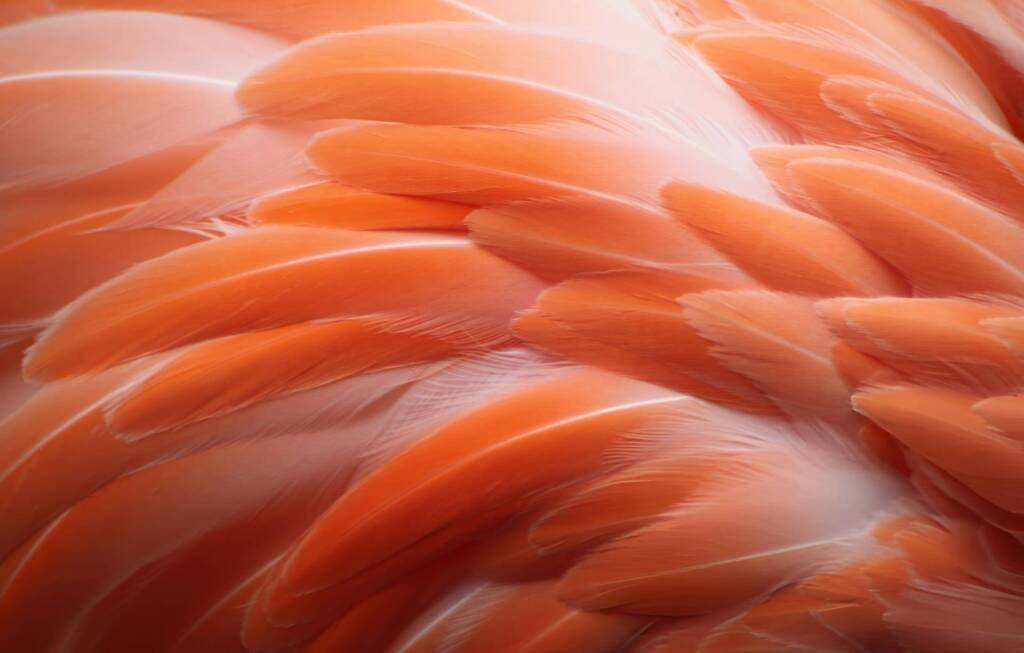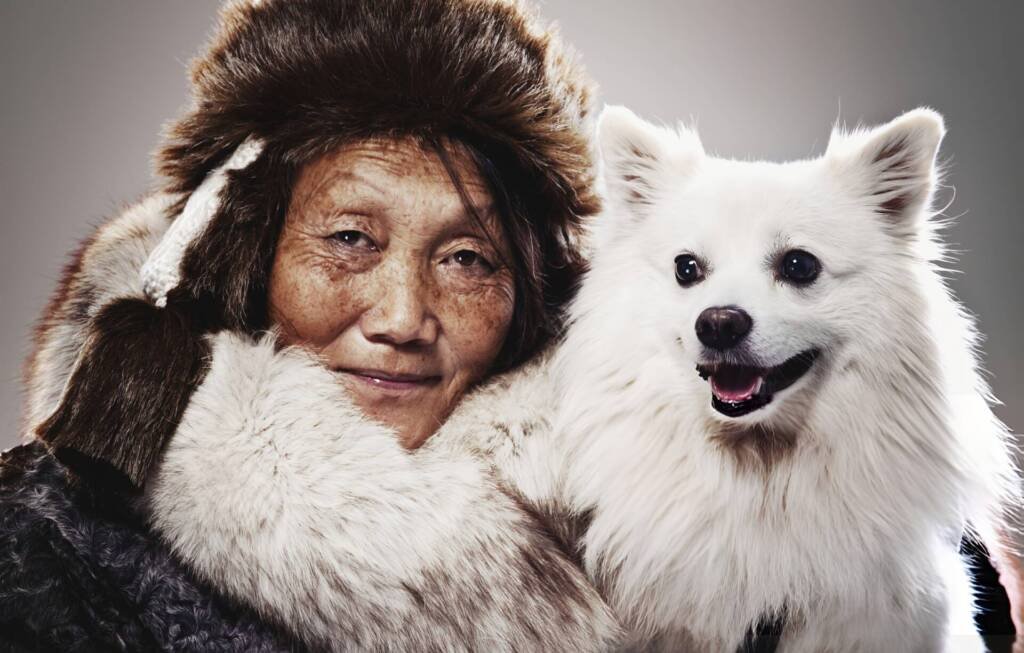In the rich tapestry of human history, symbols have always held a profound place. They are the silent keepers of wisdom, tradition, and cultural identity. Among these, symbols of purity stand out, particularly in Indigenous cultures. These symbols are more than just artifacts; they embody the essence of spiritual and cultural purity.
For history enthusiasts, cultural explorers, and advocates of Indigenous heritage, understanding these symbols offers a deeper connection to the world’s ancestral roots. This blog will take you on a captivating journey through some of the most revered traditional symbols of purity in Indigenous cultures.
Table of Contents
Water as a Symbol of Purity

Water, the elixir of life, has been universally regarded as a symbol of purity. Its flowing nature and ability to cleanse make it a powerful element in many Indigenous cultures. Water’s purity is often seen in its natural state—clear, refreshing, and life-sustaining.
In Native American traditions, water is central to purification rituals. Tribes like the Navajo and Hopi use water in ceremonies to cleanse the body and spirit. These rituals often involve bathing in sacred rivers or sprinkling water to purify spaces. Such practices underscore water’s role in maintaining both physical and spiritual hygiene.
Today, water symbolism extends beyond rituals to environmental conservation efforts. Protecting water bodies has become synonymous with preserving cultural heritage. By valuing water, we honor its sacredness and ensure its availability for future generations.
Feathers as a Symbol of Purity

Feathers, light and delicate, are imbued with deep spiritual significance across various Indigenous cultures. They symbolize purity, freedom, and a connection to the divine. The feather’s purity lies in its association with birds, creatures seen as messengers between the earth and the heavens.
Among Plains tribes, feathers are integral to spiritual practices. Headdresses adorned with eagle feathers are common in ceremonial attire, each feather representing an act of bravery or a significant spiritual achievement. These headdresses are not mere decorations but sacred symbols of honor and purity.
In modern times, feathers continue to inspire art and spirituality. They appear in contemporary jewelry, paintings, and even tattoos, symbolizing a blend of ancient wisdom and modern expression. This enduring presence highlights the feather’s timeless relevance.
White Animals as a Symbol of Purity

White animals, rare and majestic, hold a special place in Indigenous symbolism. Their unique coloration makes them stand out, symbolizing purity, sacredness, and otherworldly connections. The white buffalo, in particular, is revered in many Indigenous cultures.
The white buffalo is a harbinger of peace and prosperity in Lakota mythology. Its appearance is considered a sign of hope and renewal. Stories of the white buffalo are passed down through generations, reinforcing its status as a sacred symbol.
White animals continue to play a role in cultural identity and storytelling today. They are celebrated in festivals and depicted in artworks, reminding us of the sacred connection between humans and nature. By preserving these stories, we keep the values of purity and respect for all living beings alive.
The Circle as a Symbol of Purity

The circle, a powerful and universal symbol, resonates deeply within Indigenous cultures as a representation of purity, wholeness, and interconnectedness. It embodies the idea that all life is cyclical and linked, reflecting the natural rhythms of the earth, the seasons, and human existence. In many Indigenous belief systems, the circle is more than a geometric figure; it is a profound statement about the continuum of life, illustrating how each being contributes to the greater whole.
In various ceremonies, like the sacred circle of the sweat lodge or the talking circle, participants gather in a circle, promoting equality and unity. This arrangement fosters open communication and connection, empowering individuals to share their stories and experiences in a supportive environment. The circle fosters community, reinforcing that we are all part of a larger tapestry, each thread contributing its own unique color and texture.

The circle’s symbolism in contemporary contexts inspires efforts promoting environmental stewardship and social justice. Embracing its message encourages us to honor our relationships with each other and the earth, motivating us to pursue a more sustainable and equitable future. By understanding and embodying this symbol, we empower ourselves and others, honoring our connections’ purity and shared journey.
Conclusion
Symbols of purity in Indigenous cultures are not mere relics of the past but vibrant traditions that continue to inspire and guide communities today. These symbols, often expressed through rituals, art, and storytelling, hold deep meanings that connect past generations with the present. They remind us of the intrinsic value of purity in our lives and underscore the importance of maintaining spiritual and cultural integrity in an ever-changing world.
Exploring these symbols allows us to appreciate the rich tapestry of Indigenous heritage, revealing the diverse ways in which purity is perceived and honored across different cultures. Such practices provide insights into how Indigenous peoples have historically interacted with their environment, fostering a profound respect for the natural world and a commitment to balance and harmony.
By honoring these traditions, we promote cultural awareness and respect, ensuring that the wisdom of the ancients continues to guide us. Embracing these teachings preserves valuable cultural knowledge and enriches our lives with lessons of resilience, respect, and interconnectedness that these symbols embody.





